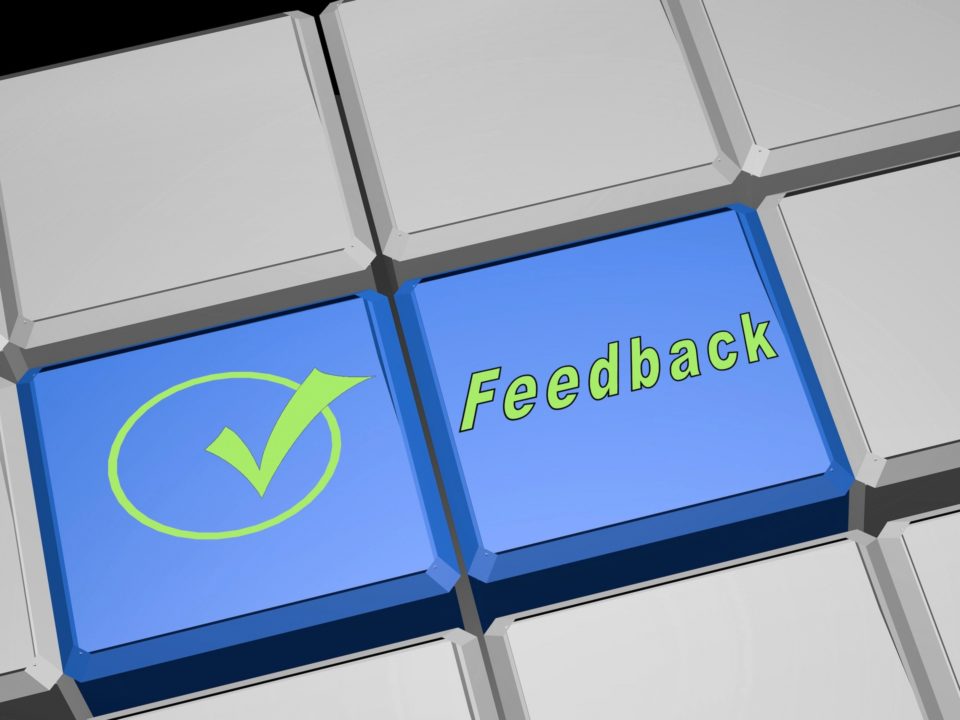- Contact Bob Goodyear at
- (404) 790-5855
- Bob@aGeekWhoSpeaks.com

3 Common Mistakes of Technical Presenters
May 15, 2017
Shoot Your Bullet Points
May 29, 2017Presentation vs. Information Decks

Several years ago, I was asked to do a technical sales presentation for a Fortune 100 company that could lead to a very large software contract. All of the technical decision makers for the company would be in the audience as well as the CIO. The meeting was very important for the sales team and I was being asked to come in as an expert to close the technical end of the sale.
As I prepared for the event, the lead sales executive called and asked me to send him my PowerPoint deck. He said that the CIO wanted to see the deck before the meeting. I told him that it was my policy not to send the deck ahead of time but I would be happy to explain what I would talk about. My explanation satisfied the sales executive. He went back to the CIO with my answer.
The CIO was not satisfied. After the third call from the sales executive, I gave in and sent the deck. The next day the sales executive called and told me the meeting had been canceled. The reason was that the CIO looked at the deck and got everything he felt he needed from the deck. He told the sales executive that there was no need for the meeting because the deck told him everything he needed to know. Our company eventually lost the sale.
Change from Information to Presentation
I learned a very valuable lesson that day. My PowerPoint deck was what I now call an Information deck. It was full of text and bullet points with few if any, images to help explain a concept. Indeed anyone could have looked at my deck and gotten all of the information they needed. I was not needed for the presentation because everything was in the deck.
Today, my PowerPoint decks are what I call Presentation decks. A Presentation deck has very few words in it. The deck has many images that either illustrates the technical concept I want to explain or an image that relates to the topic. While my presentation is still very technical, it needs me to help present the material. As my colleague Tom Nixon has shown with his great entries in his blog, PowerPoint is a visual aid to the presenter, not the presentation.
I still create Information decks for learning purposes. Those do a great job of explaining technical concepts for someone in a learning mode. I have learned however that I do not ever present those decks.
The bottom line is this: if someone can look at your PowerPoint deck and get everything they need from it, you just created an Information deck. When making a presentation, make sure you use a Presentation deck and not an Information deck.



